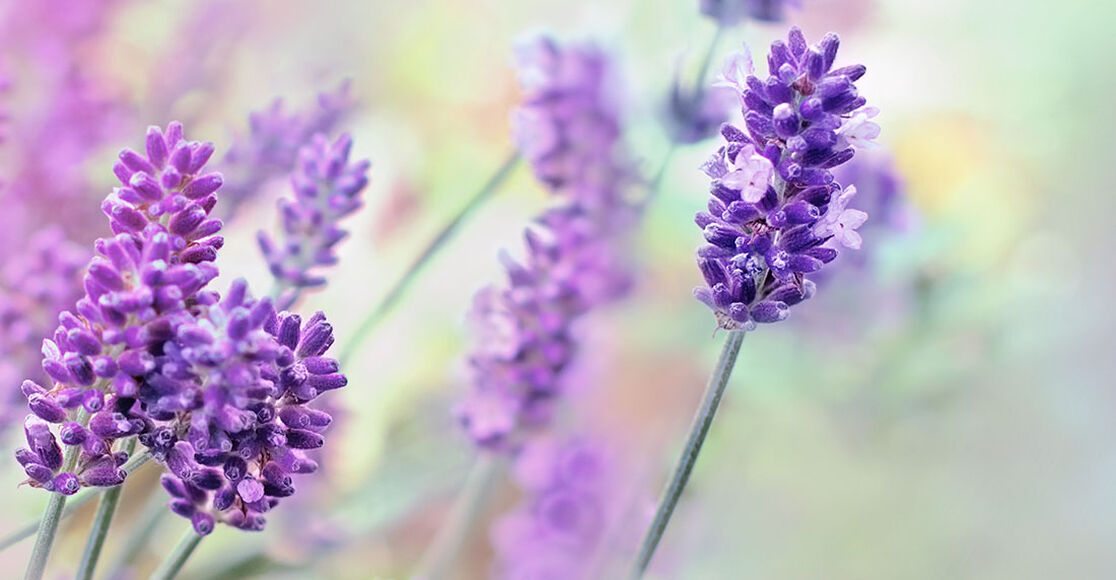All flower gardens ' regardless of the variety or species of plants ' are beautiful in their own right. They can be planted in conjunction with a vegetable garden, used as borders for ponds, around trees or pathways, or they can be a blooming garden on their own. Even a simple window box flower garden will liven up a home and yard.
No matter the type of flowering plants you desire, consider including pollen-rich flowers as the mainstay of your garden. There are two main reasons for this:
- One of the beauties of a flower garden is its attraction for a diverse amount of wildlife. By planting flowers that are pollen-rich, you'll maximize the food source for a host of insects and animals, and you can expect to see colorful butterflies and hummingbirds of every kind.
- Pollen-rich flowers are also the main source of food for honey bees. Not only do bees eat the pollen and nectar that's eventually turned into honey, they also serve as pollinators for many crops. However, in some areas of the world, honey bee populations are decreasing. One solution to this problem is planting more pollen-rich flowers in your garden, so honey bees have a solid and continuous source of food.
With the many benefits pollen-rich flowers provide, consider adding some of these to your garden ' and don't be afraid to mix and match for a wide variety of wildlife.
- Purple flowers, like lavender and allium, and tubular flowers, like foxglove, honeysuckle and snapdragon, will attract bees.
- Butterflies are drawn to Queen Anne's Lace, daisies, marigolds, phlox and butterfly bushes, among others.
- Hummingbirds are attracted to flowers like bleeding heart, fuchsia, lily, dahlias and zinnias.
- Plan ahead to keep plants flowering year-round. Plants like rosemary, currant and bluebell bloom in the spring; sweet pea, astilbe and thyme are early summer favorites; and late-summer blooms may include corn flower, thistle and aster.
For a better idea of the types of pollen rich-flowers that will grow in your garden, visit your local home and garden nursery.
